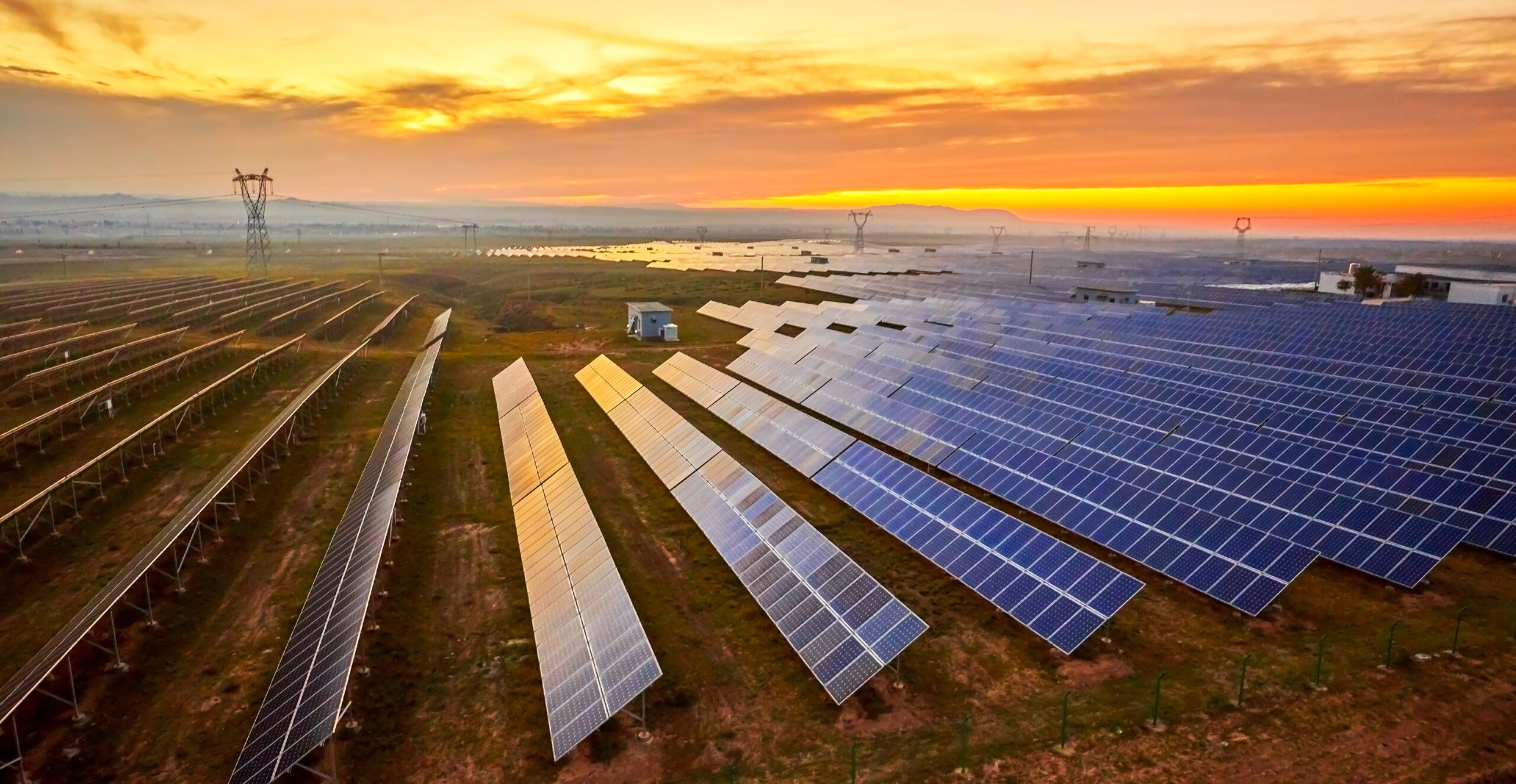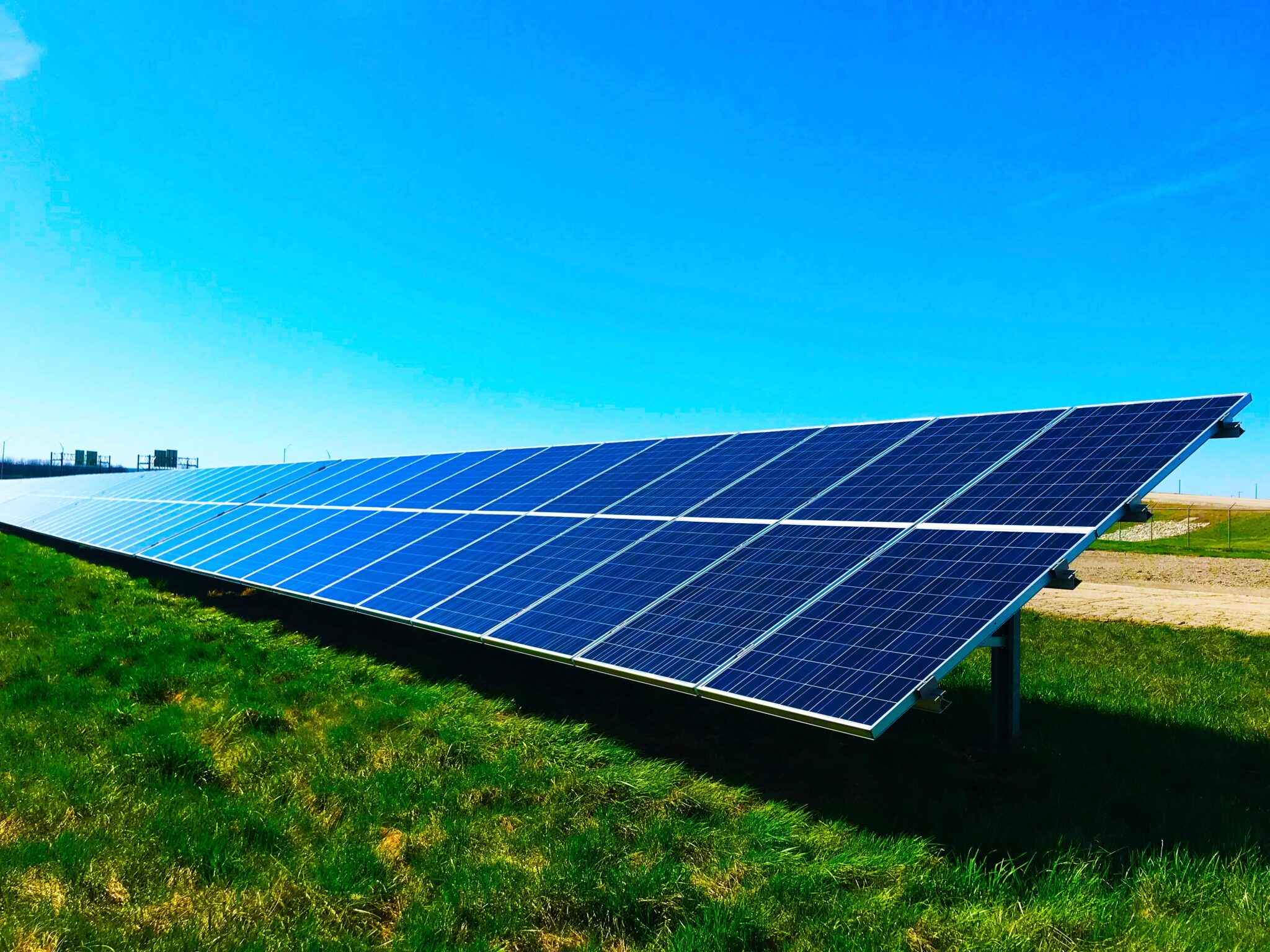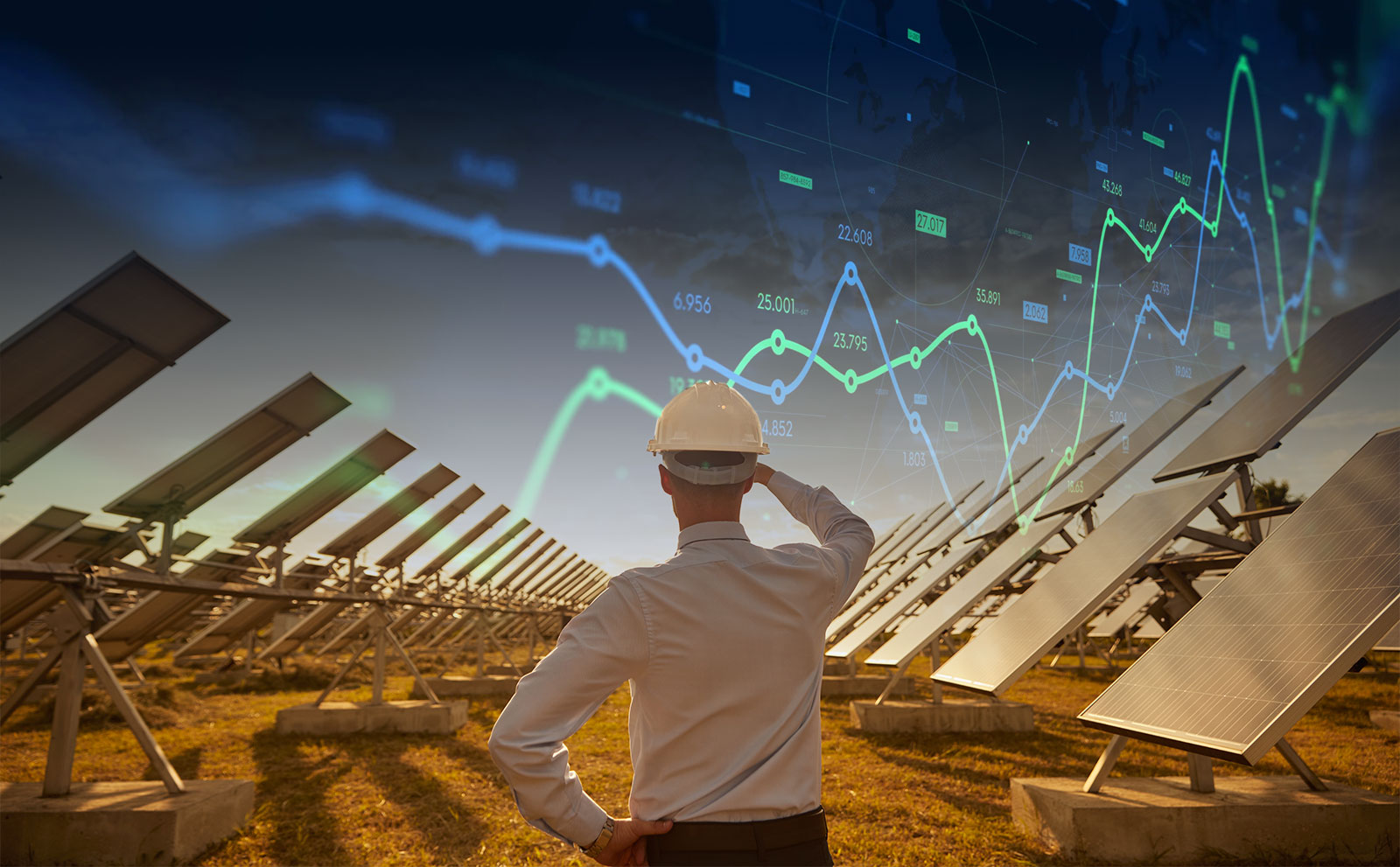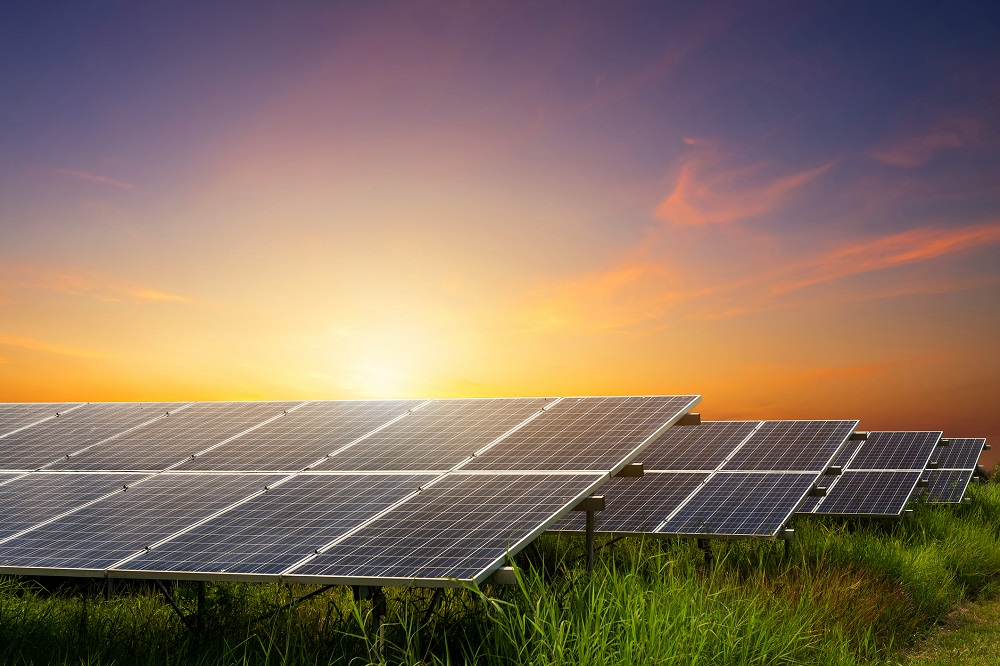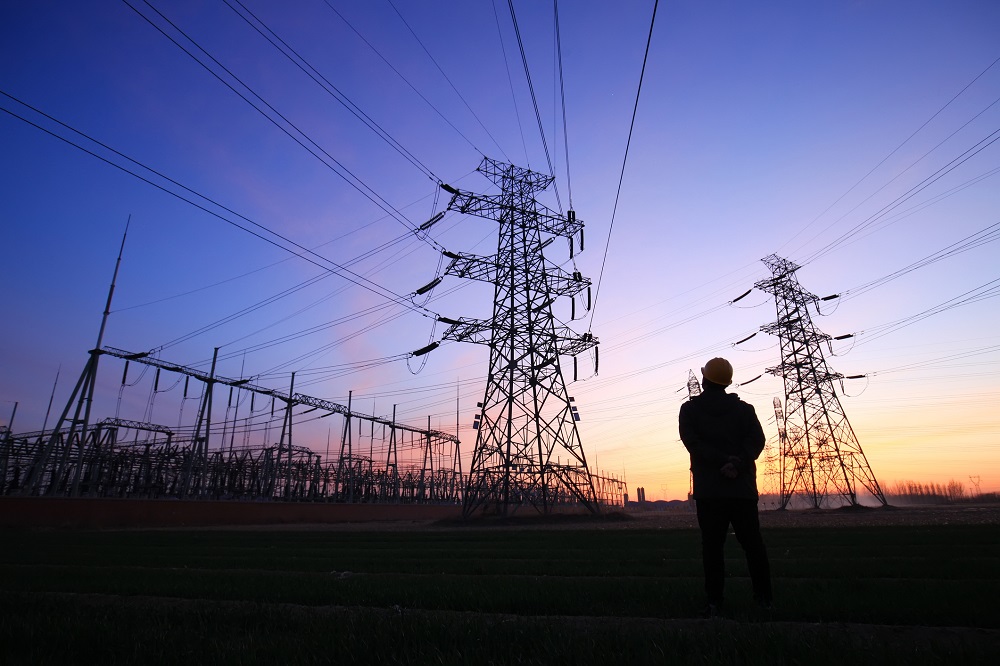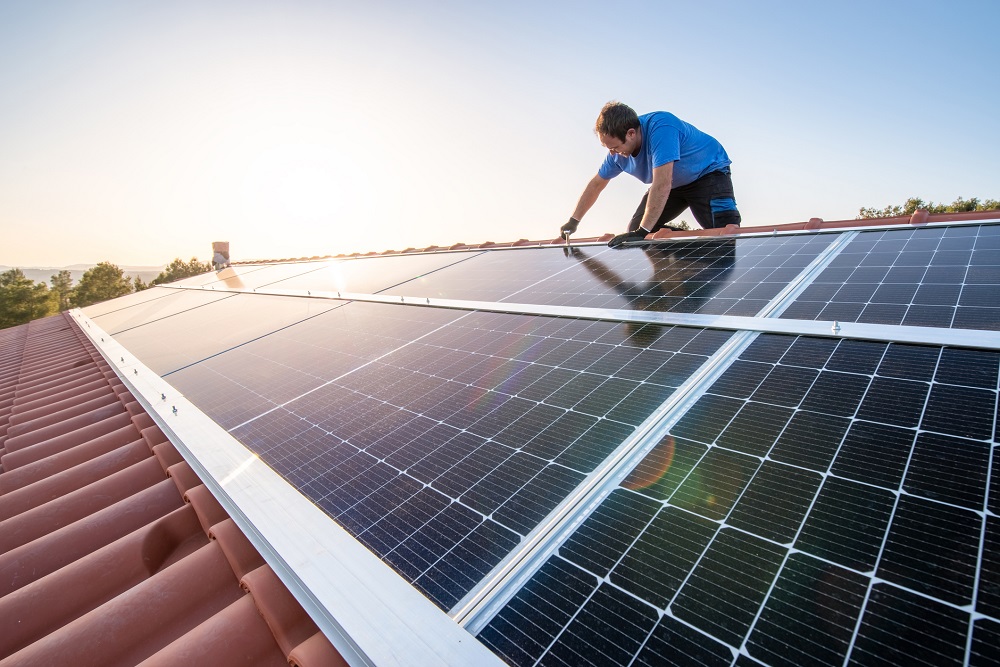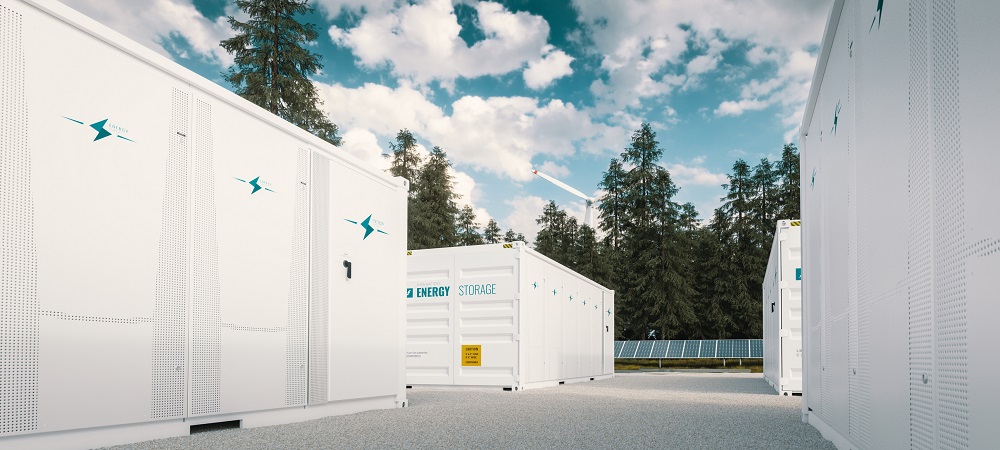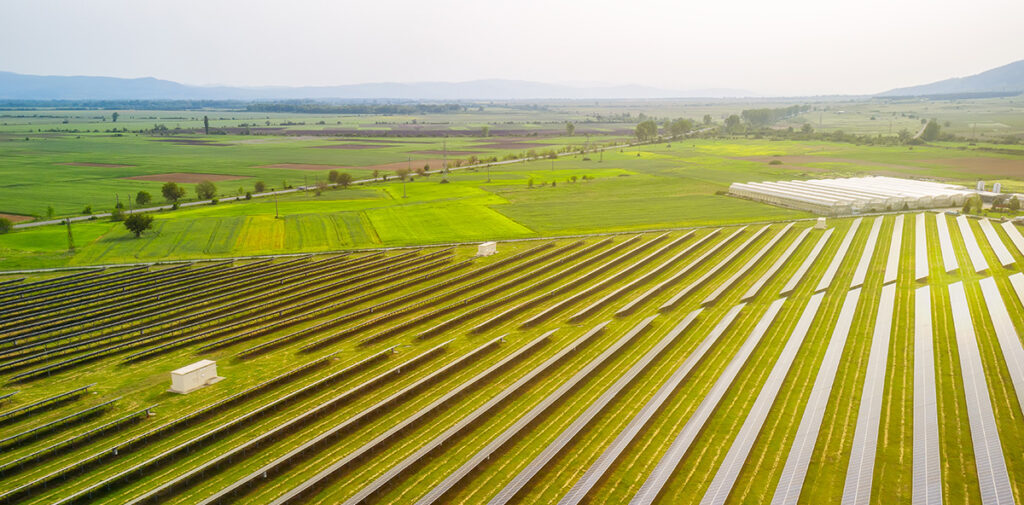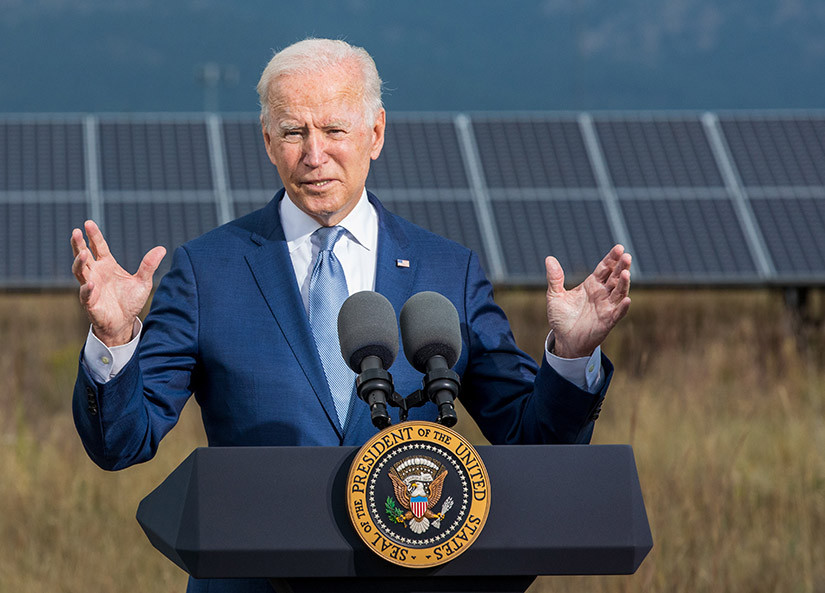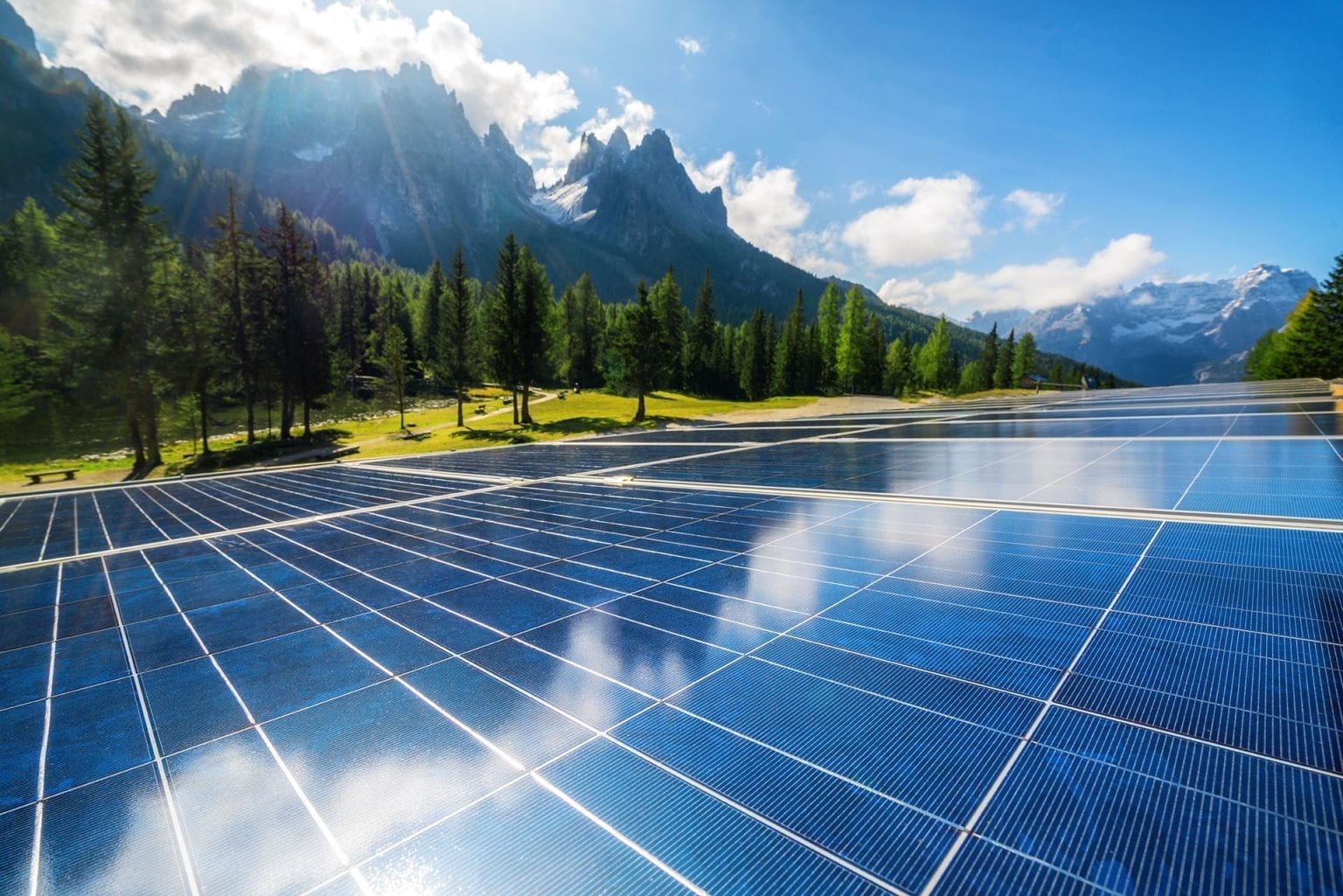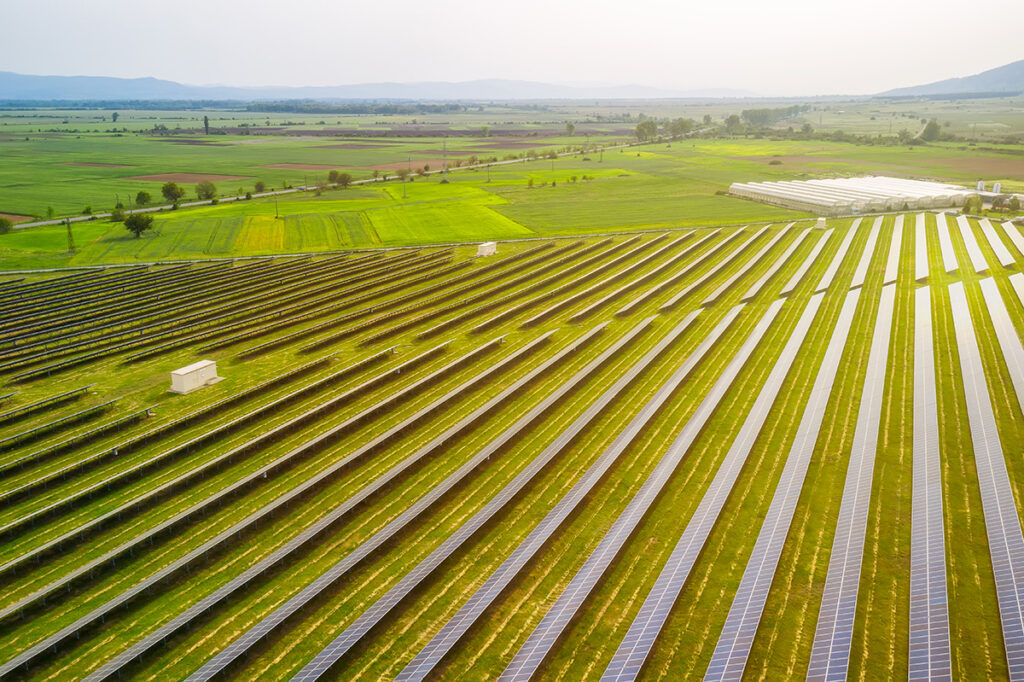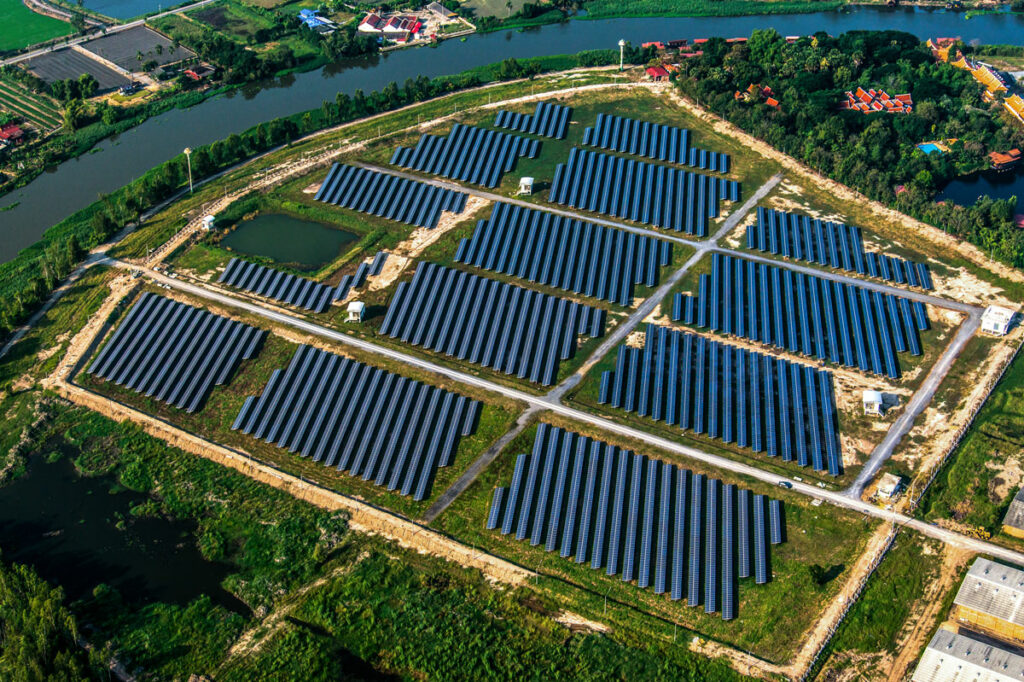What is Community Solar?
Community solar projects can be defined as solar projects, within a geographic area, in which the benefits of a solar project flow to multiple customers. These are typically state-sponsored programs for renewable energy generation installed on lands adjacent to existing powerlines and grid infrastructure. An example of a community solar program could be a large array of solar panels in a field that provides the residents of nearby communities with power and reduces their overall electricity costs.
Community solar projects are becoming increasingly commonplace, as roughly ⅓ of states have adopted some form of community solar legislation. These laws impose stringent building rules and regulations on community solar projects to ensure that the project will not be detrimental to the environment, and will not negatively affect the residents’ current energy arrangements. In states that have yet to pass such legislation, community solar projects are typically undertaken by local utility companies.
There are many situations in today’s world where a community solar project makes sense. Oftentimes “greenfield” community solar projects are common in more rural areas, as their larger sizes allow more people to draw power from the array. These kinds of projects provide the benefits of solar power without the need to install panels on the roof of a home, as they are typically constructed “off-site,” meaning that the power is generated in a different location than the one that it is used in. Subscribers to these types of projects can simply drive by the field with the array and see the project that they’ve helped to create and benefit from.
Community solar projects are exciting new ventures that will revitalize our power infrastructure and benefit the communities that they serve. The advantages to these kinds of renewable energy projects are numerous and further incentivize a transition to more renewable energy sources.
Benefits of Community Solar
There are a multitude of benefits to be gained from community solar projects at both the individual and commercial levels. For individuals, community solar projects allow access to solar power for those who live too far from a large-scale array and for whom a personal rooftop solar project would be too expensive or inaccessible.
These projects also decrease the cost of electricity for its ratepayers, as offering more diverse sources of electricity means more supply with the same demand, therefore resulting in lower prices. This point was explained by Ohio State Representative Laura Lanese in a recent statement where she said, “It’s a simple matter of the law of supply and demand. If we increase supply while holding demand constant, prices will go down. Even if demand goes up, as it likely will, having access to more electricity generation sources will only help consumers save off price increases.”
Another benefit to community solar projects that Lanese outlines in her statement is that of cleaner air. She states that the transition away from fossil fuels will result in cleaner air, improved health, and huge savings in healthcare costs. Lanese goes on to say, “It is estimated that fossil fuels cost the US nearly $120 billion in health care costs and contribute to four out of five of the leading causes of deaths.” In essence, community solar projects could help to improve the general health of citizens in the area as well as reduce healthcare expenses!
Community solar projects also provide value in the way of national defense as our world becomes more reliant on renewable sources of energy. Lanese describes this in her statement, citing China’s current increased focus on renewable energy as one reason that the United States should continue investing in green energy sources like solar. Investing in renewable energy is a necessary measure to ensure the national security of our nation in the coming future.
What Does the Recent House Bill Mean for Ohio?
House Bill 450 is a bill currently being introduced to the Ohio legislature which seeks to encourage the construction of community solar projects in the state of Ohio through a variety of means. This bill will bolster Ohio’s power infrastructure, improve the lives of ratepayers, and help to meet the growing demand for renewable energy.
Lower Power Costs
- One such initiative outlined in the bill will prevent changes to subscribers’ rates as a result of community solar projects. Essentially, these projects will keep the power bills down!
- This stipulation will protect subscribers from price hikes as a result of community solar programs, as well as prevents them from being unjustly disconnected from service.
- Increased electricity prices are often one of the largest concerns around community solar projects; however, based on HB450, it is an unfounded concern.
- Community solar projects can lead to the improvement of the existing power grid.
- Solar developers will fund overdue improvements to aging powerlines and other power infrastructures, thus creating a more reliable and resilient power grid.
- Also included in the bill is financial assistance for companies who update the existing power infrastructure in order to construct their community solar projects. This is simply another incentive to produce more community solar projects in the state of Ohio.
- The final way that this bill will encourage new community solar programs is through the renovation of distressed sites. The bill seeks to use distressed sites, unusable tracts of land such as old landfills or coal ash piles, as locations for new solar developments. In this way, these sites will be revitalized and, once more, positively contribute to society through high-power generating solar projects.
- Companies that use a distressed site as the location for their community solar project will be eligible to receive a grant from the Ohio Department of Development, thereby further incentivizing companies to build in Ohio.

Community solar is simpler than it may seem and initiatives like the ones included in HB450 are making it easier for individuals to incorporate solar power into their everyday lives! If you’re a landowner curious about how to lease your unused property for a solar project, why not reach out to one of our experienced professionals here at Scout Land Consultants?
Scout Land Consultants’ access to the latest listings and historical sales data, leading technology, and local experts allows our team to evaluate your property to its fullest potential. We act as an intermediary between developers and landowners to the benefit of, not only the parties involved, but the community and environment as well. If you’re interested in learning more about what Scout Land Consultants can do for you and your community, give us a call at (904) 906-4113, or contact us for a complimentary site evaluation!
